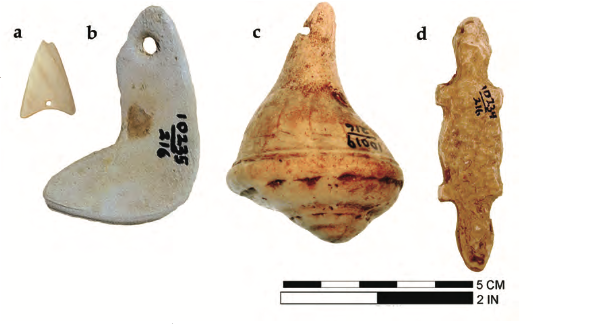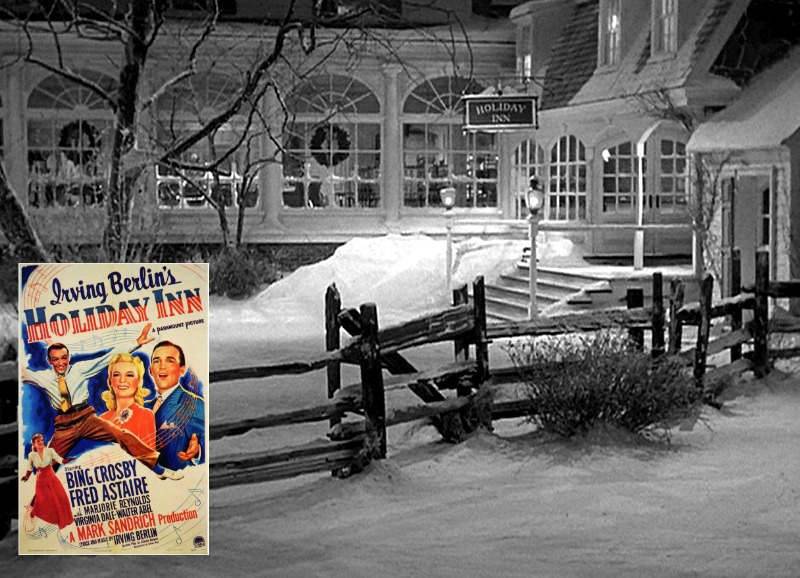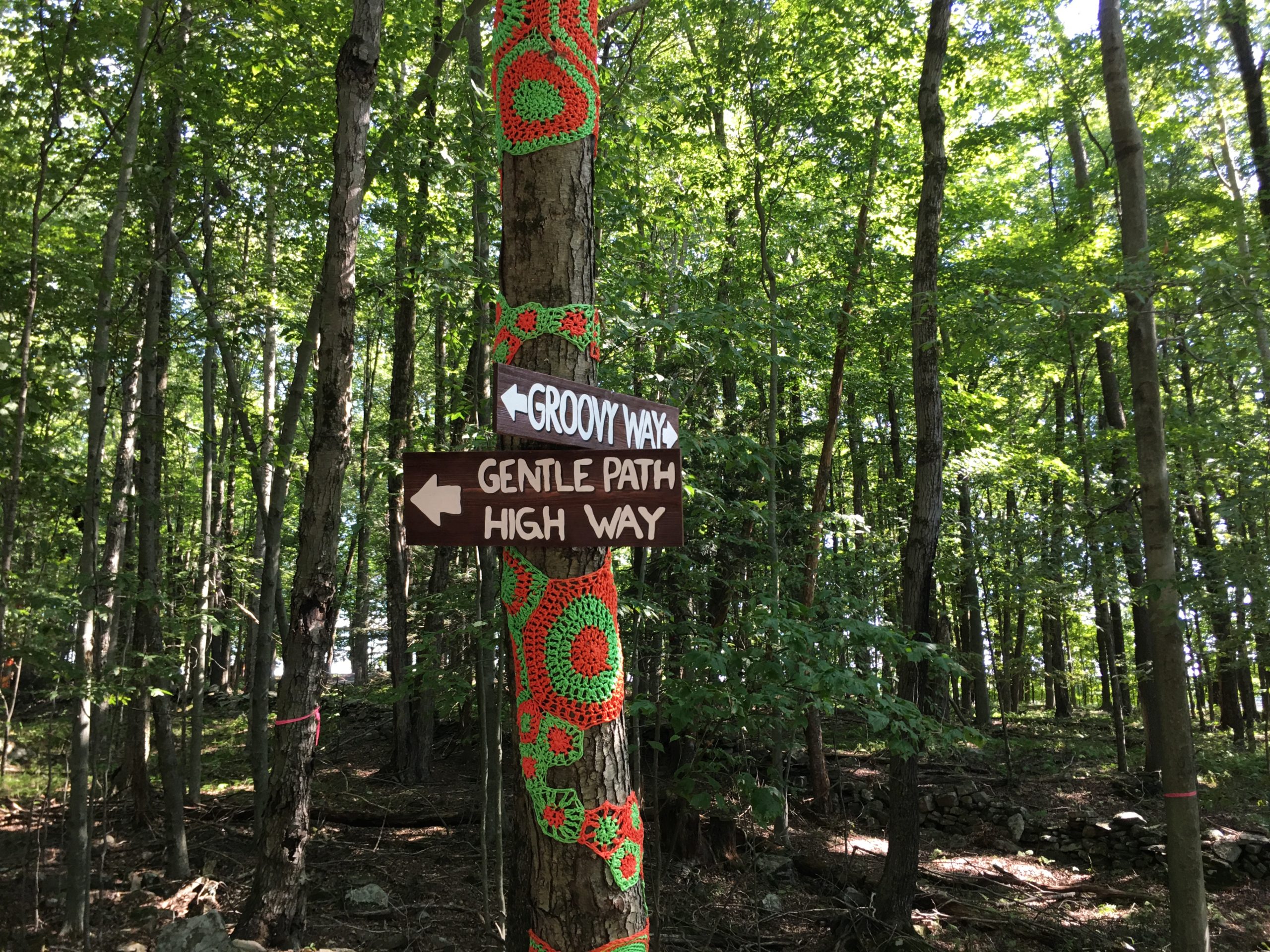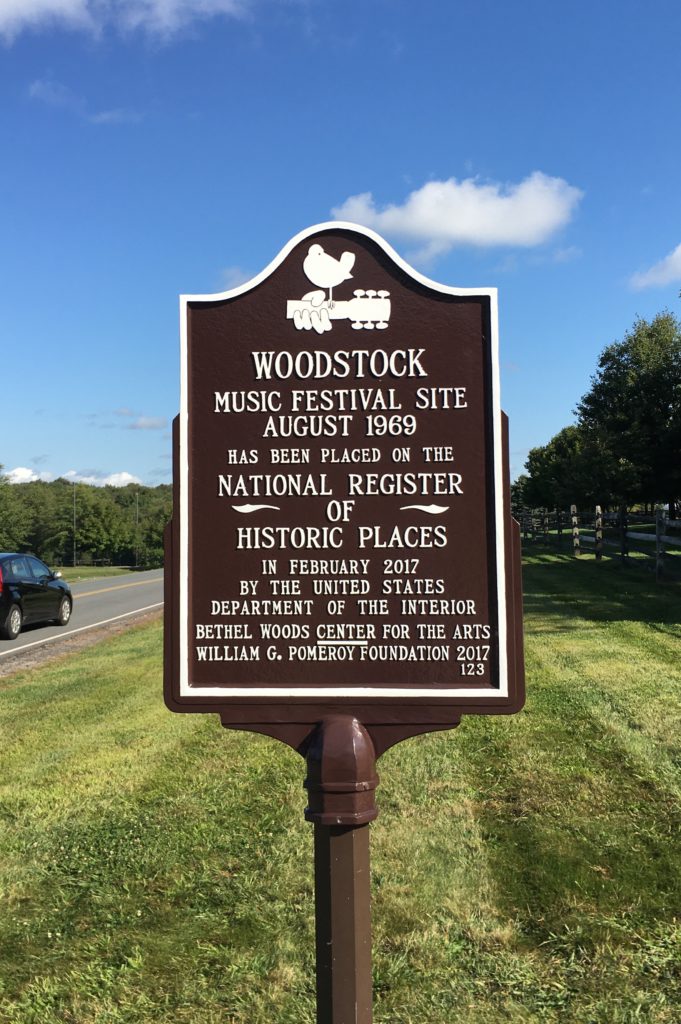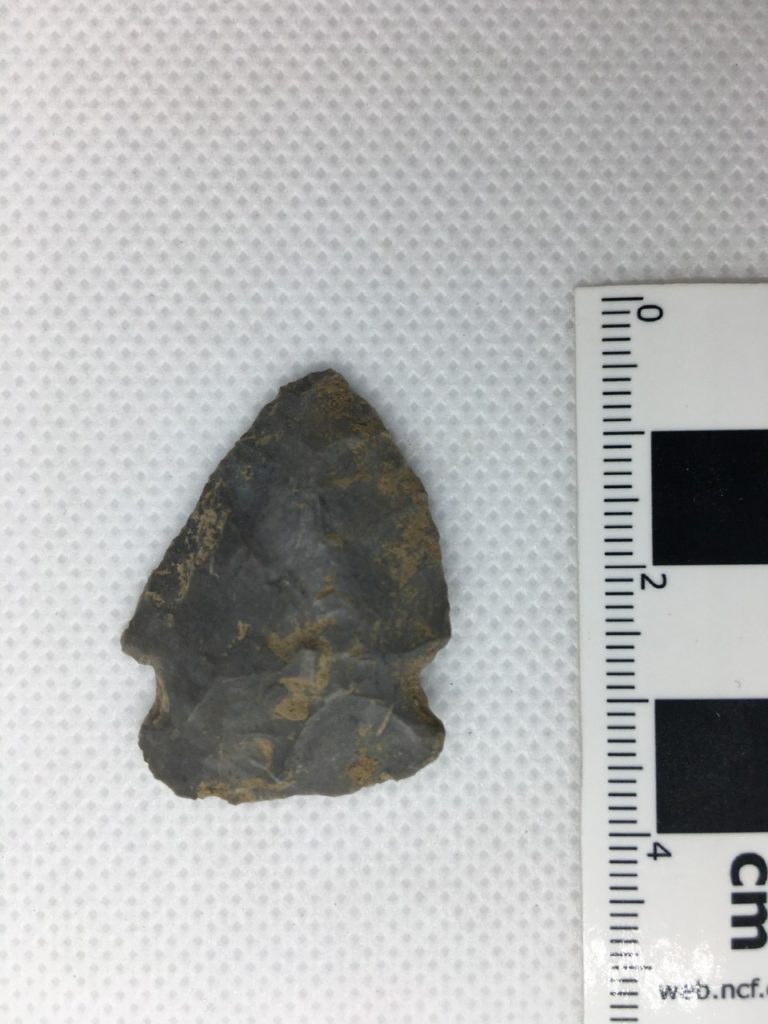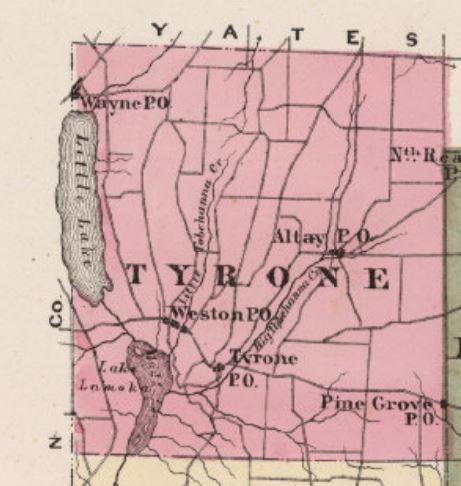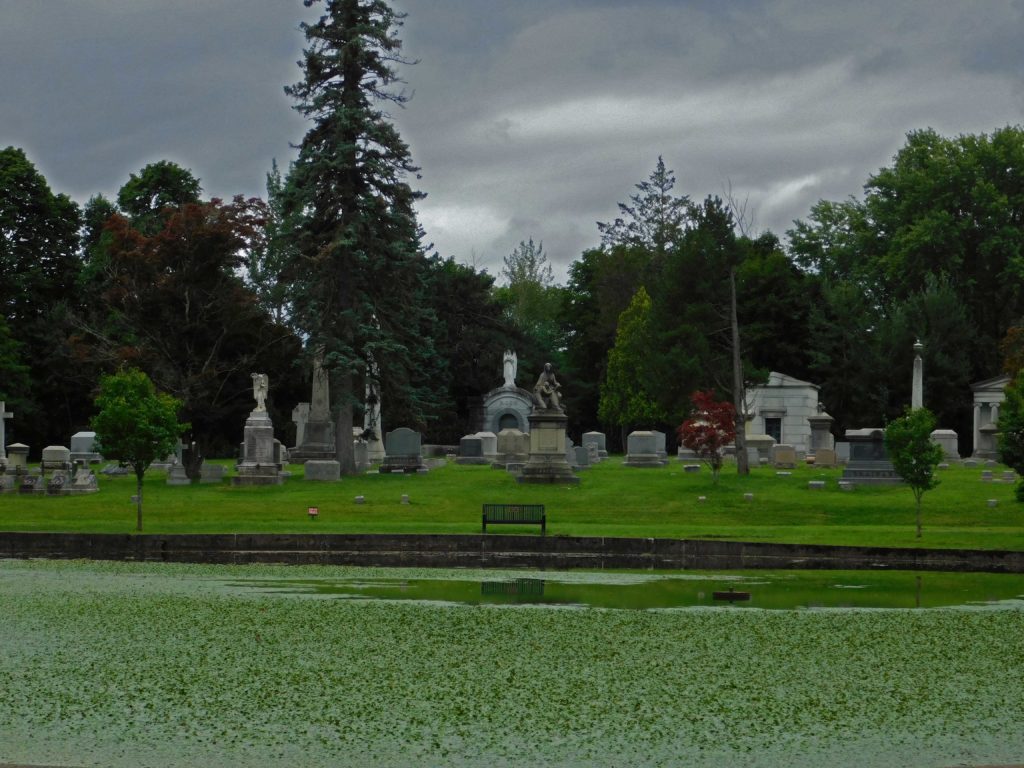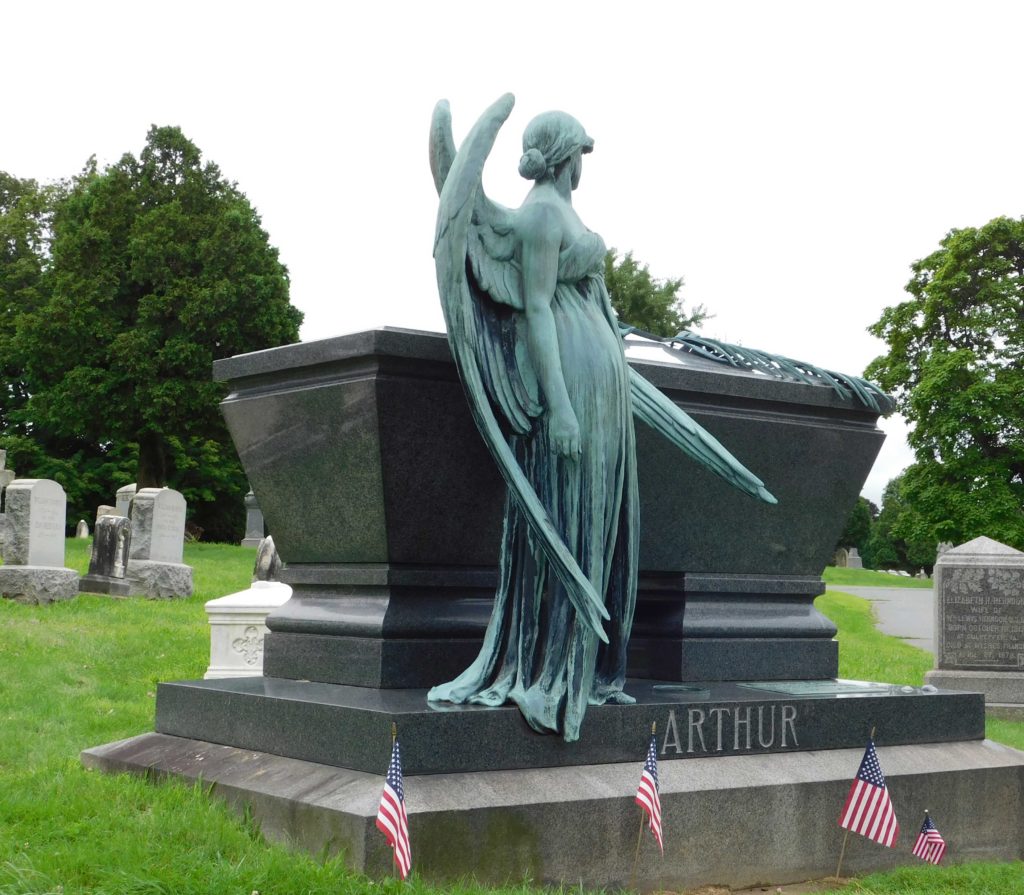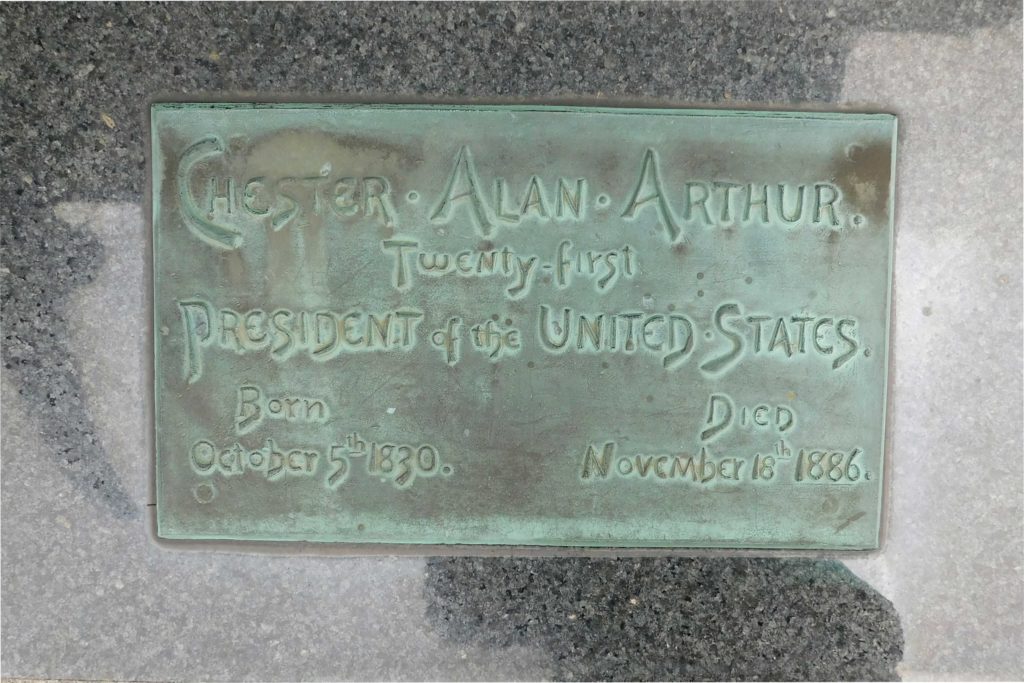The New York State Museum has just published James W. Bradley’s new book, Onondaga and Empire; An Iroquoian People in an Imperial Era. The book is available to freely download from the museum. At over 800 pages, it is a truly massive work and focuses on the Onondaga Iroquois and their interactions with Europeans over a fifty-year time span (c. A.D. 1650-1701).
Link to download: Onondaga and Empire
Featured image: Figure 7.16. from Onondaga and Empire depicts shell pendants and effigy figures from Indian Hill.
